Asbestos Vehicle Decontamination
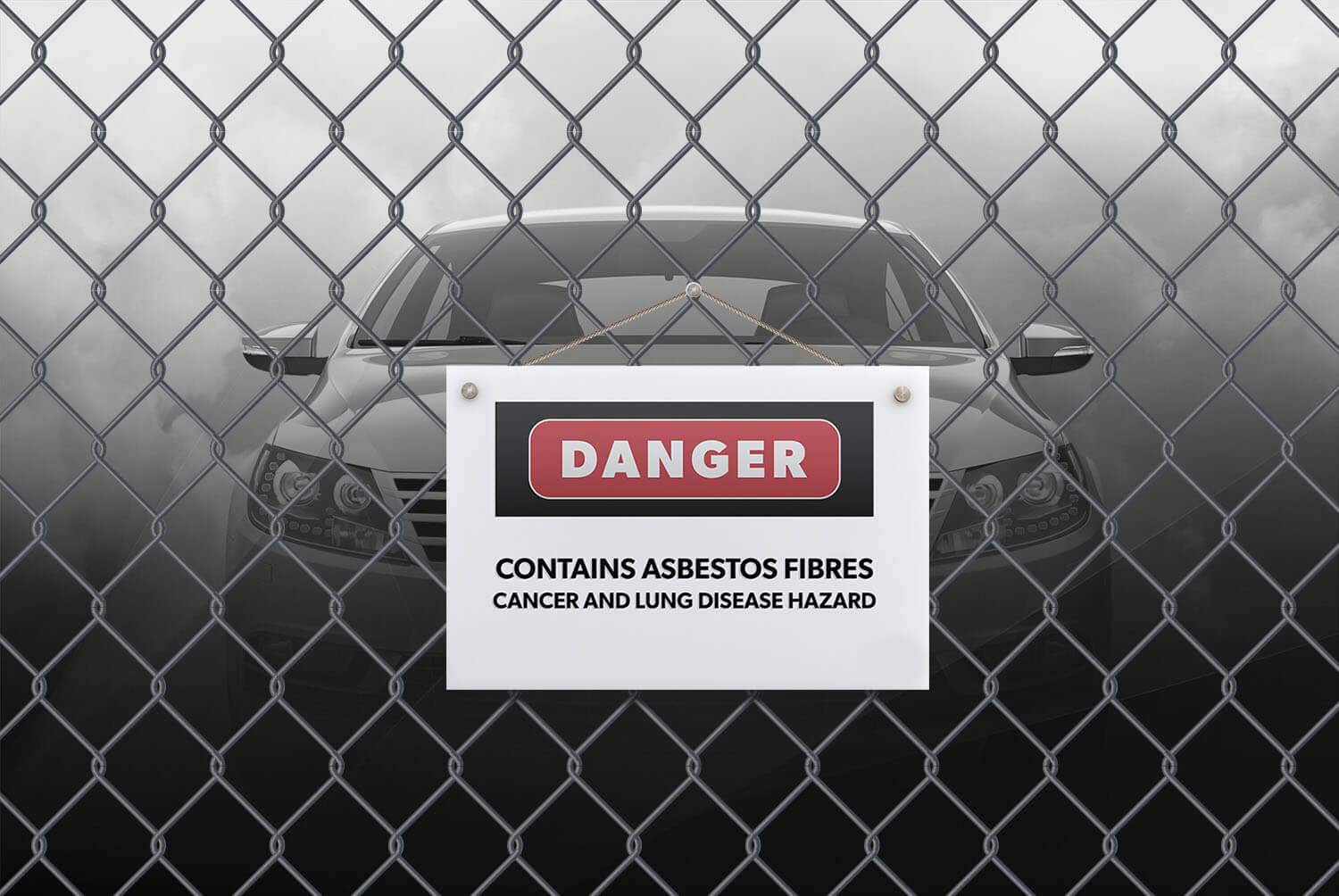
Asbestos Vehicle Contamination
Vehicles affected or contaminated with asbestos often require a lot of time and expertise to clean thoroughly. There is no safe level of exposure. Consequently, through every step of the process Juvenaire adheres to stringent government guidelines.
Due to the nature of this dangerous contaminant, vehicle asbestos decontamination follows stringent Workplace Health and Safety processes, all in accordance with Asbestos Government regulations to protect our technicians and the vehicle occupant.
Asbestos Decontamination Process
Vehicle asbestos decontamination involves a vehicle removed from site in accordance with Asbestos regulations.
Then the basic process will follow:
- Containment of the vehicle to prevent further spreading of the asbestos fibres into the environment
- Vehicle asbestos decontamination and removal of car parts
- Testing the vehicle for traces of asbestos fibres
- Disposal of non-salvageable car furnishings and parts (safely wrapped in EPA approved bags)
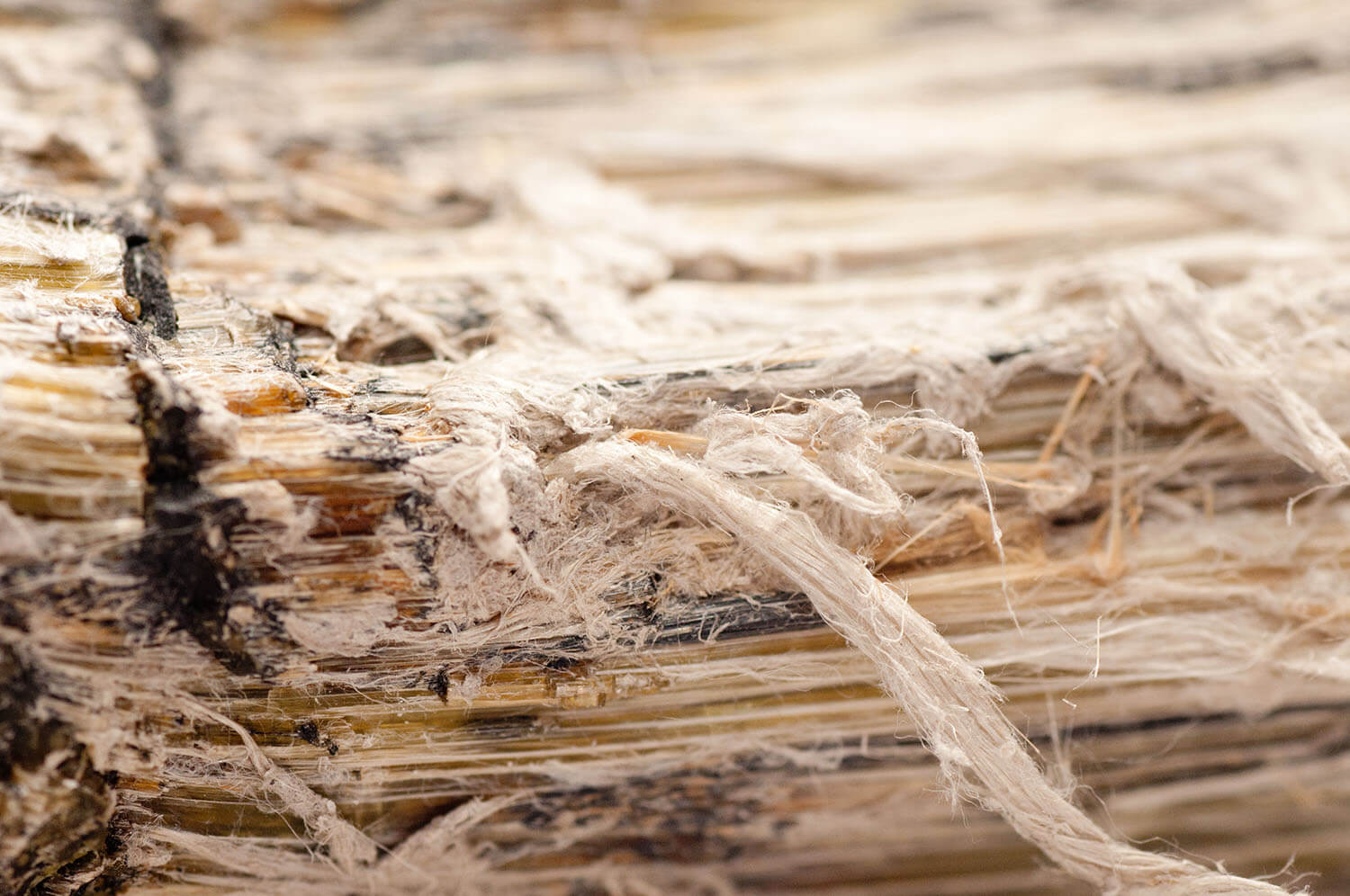
Disposal
All crushed asbestos contaminated vehicles have certificates provided at the conclusion of the decontamination process. Each vehicle will be assessed individually, and a remediation plan designed and executed specific to the vehicle.
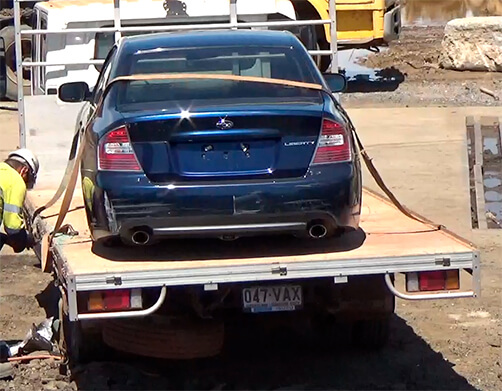
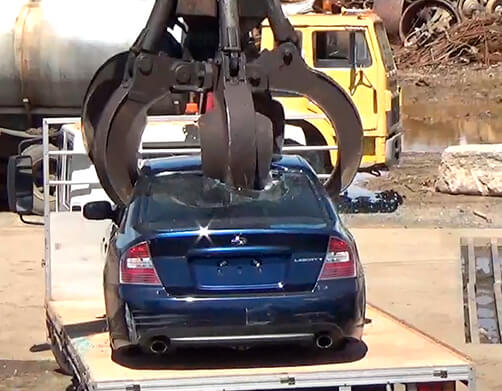
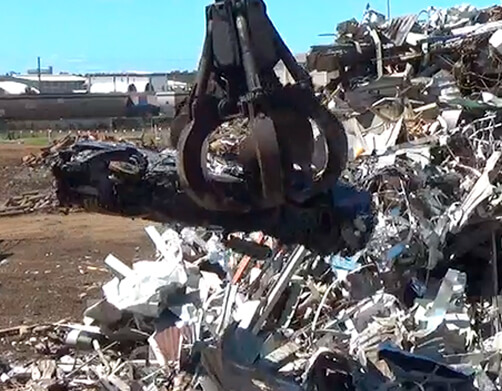
More AutoDecon Information
Learn More
Forensic clean up includes the removal and decontamination of a vehicle contaminated by blood, faeces, urine and other bodily fluids. Vehicles can become contaminated after a motor vehicle accident, self harm incident or other accidental defecation
Learn More
The manufacture of illicit drugs especially methamphetamine, has increased in private residences, caravans, hotels, garages and inside motor vehicles. Manufacturing methamphetamine involves a cooking process where mixtures of dangerous chemical vapours permeates all porous surfaces.
This fills the vehicle’s interior with harmful chemicals. Determining the extent of contamination is necessary in deciding which internal structures and contents need a thorough clean or possible removal.
Learn More
When water enters a motor vehicle, absorption of water into door linings, seats, carpets, the sub-floor, the dashboard and other soft furnishings can cause serious damage. If left untreated, water absorption can result in mould growth and can cause further damage. Time is of the essence and swiftly addressing a water impacted vehicle is paramount to its successful remediation.
Learn More
As an industry leader in mould remediation, Juvenaire has studied, trialled and implemented various mould removal methods with great success. Through stringent testing these advanced methods have proven to be the most successful within the industry.
Learn More
Vehicle fire and smoke damage can cause strong odour. This is a result of the chemicals produced from burning materials, absorbing into porous materials of the vehicle. Smoke odour can be very difficult to remove but is possible if treated correctly.
Learn More
There are two types of odours, “real odour” a pure sensation of smell transmitted to the brain and ‘psychological odour’ or ‘heightened awareness odour’ that people think they smell based on experience, suggestion and past experience. The latter is the most difficult odour to address for the restoration technician.
Odour can be difficult to eliminate. As such Vehicle assessment will take place on a case by case basis.